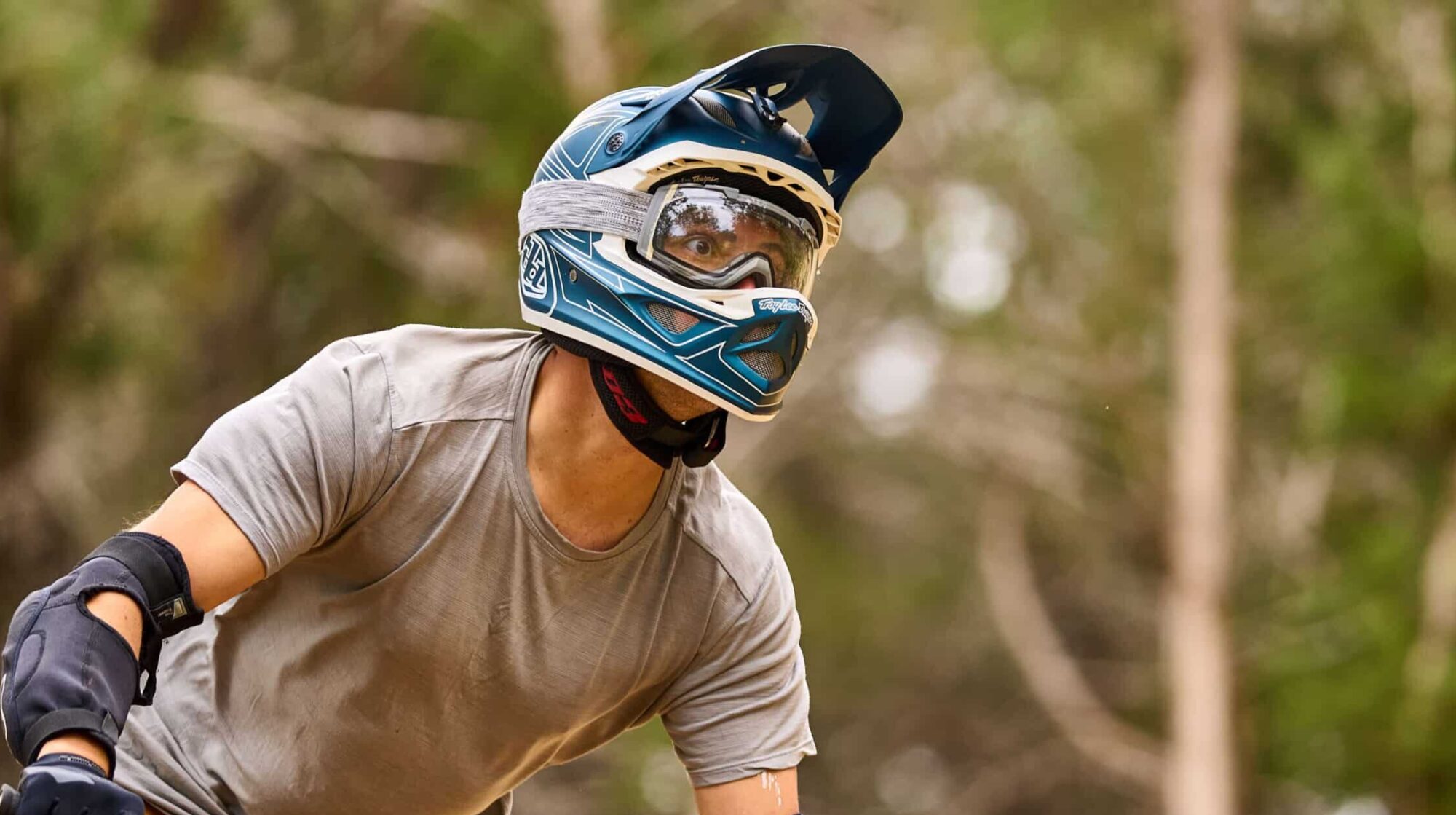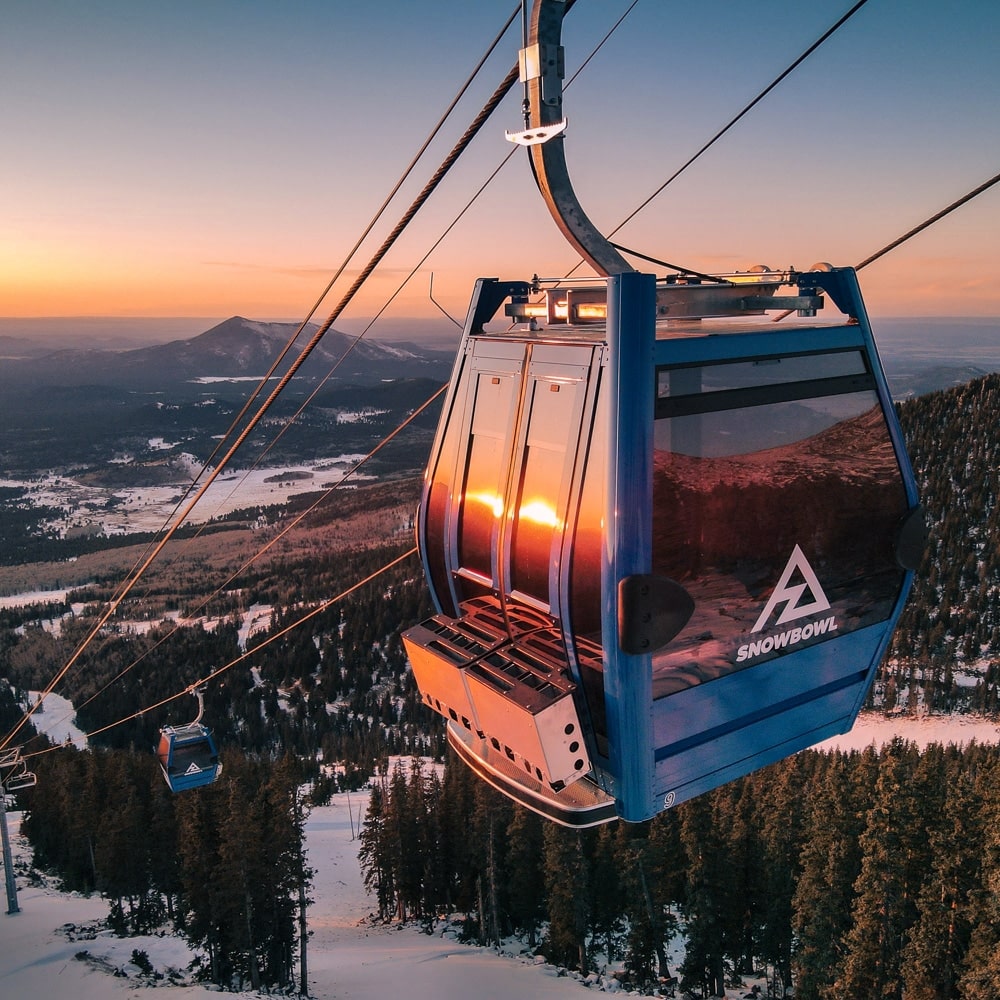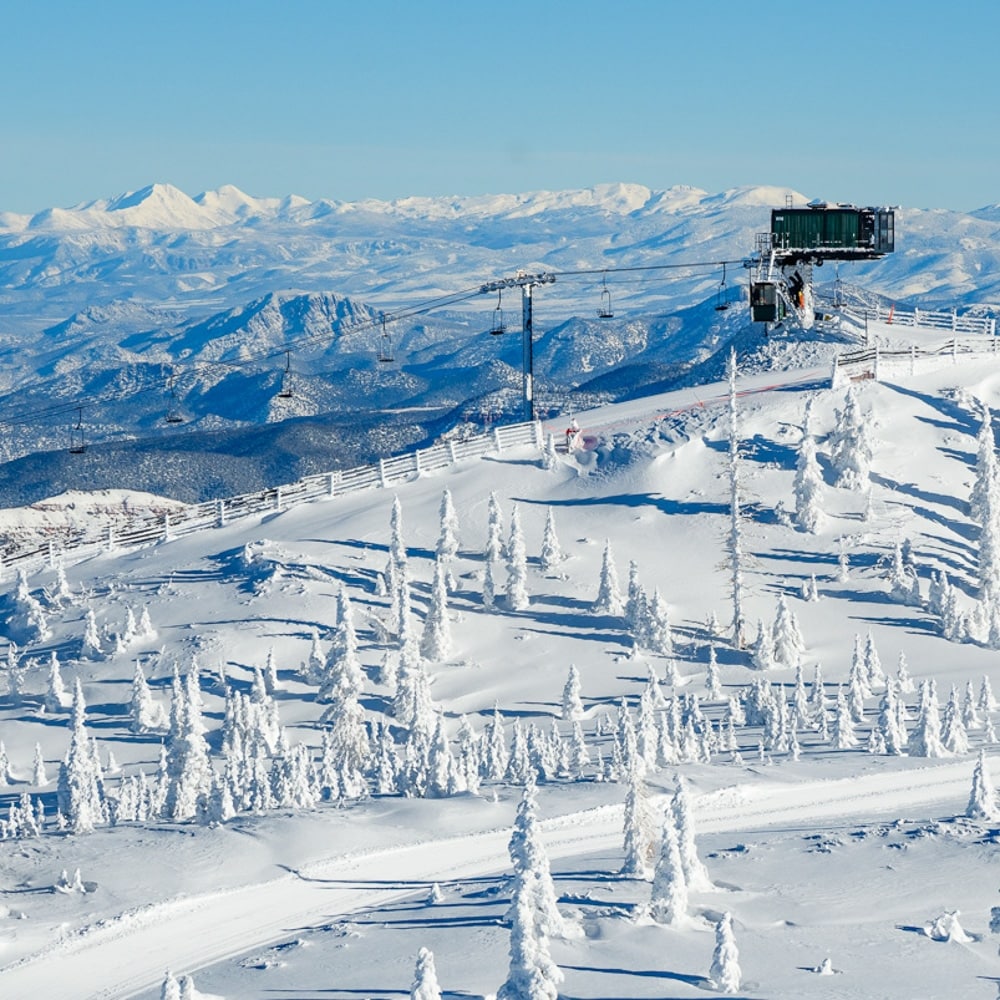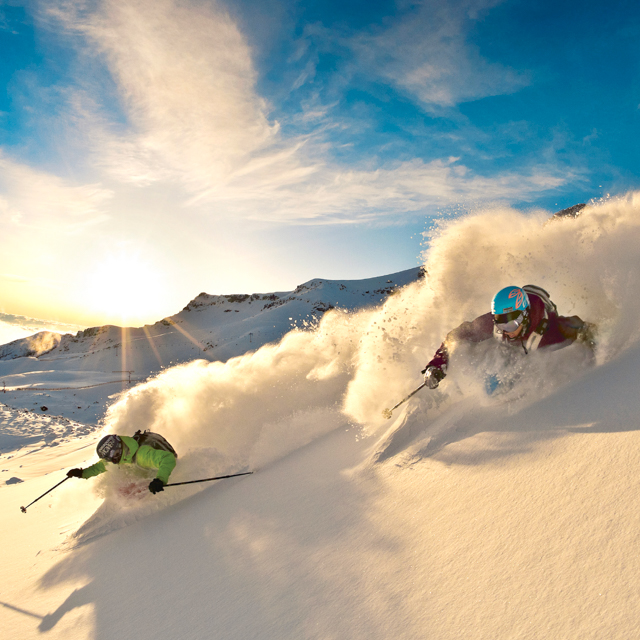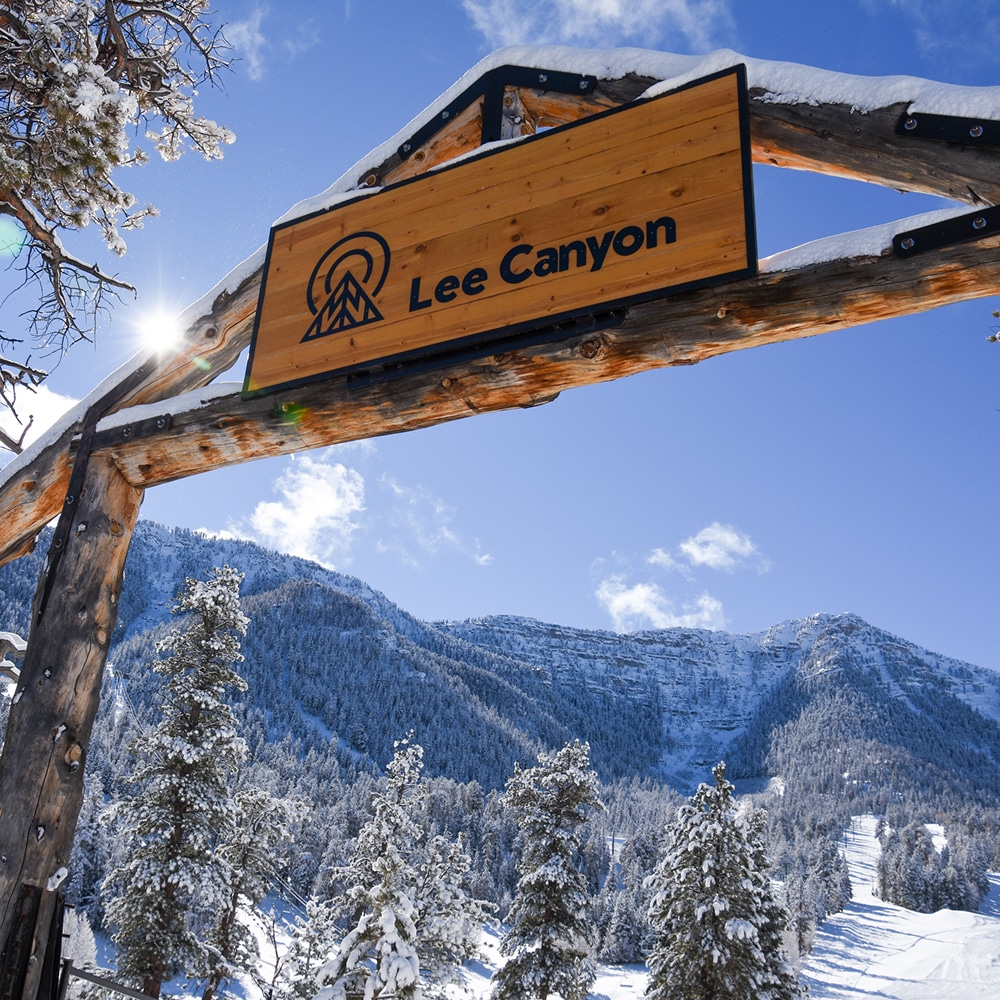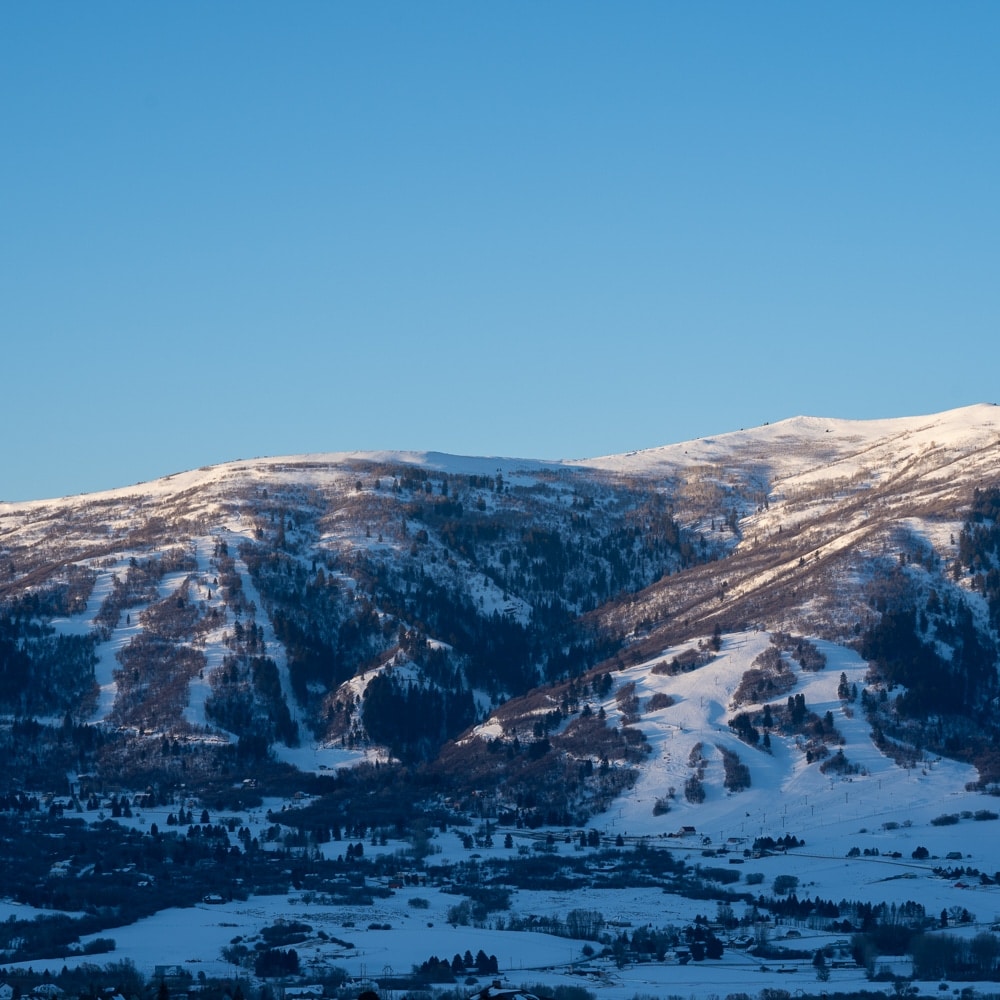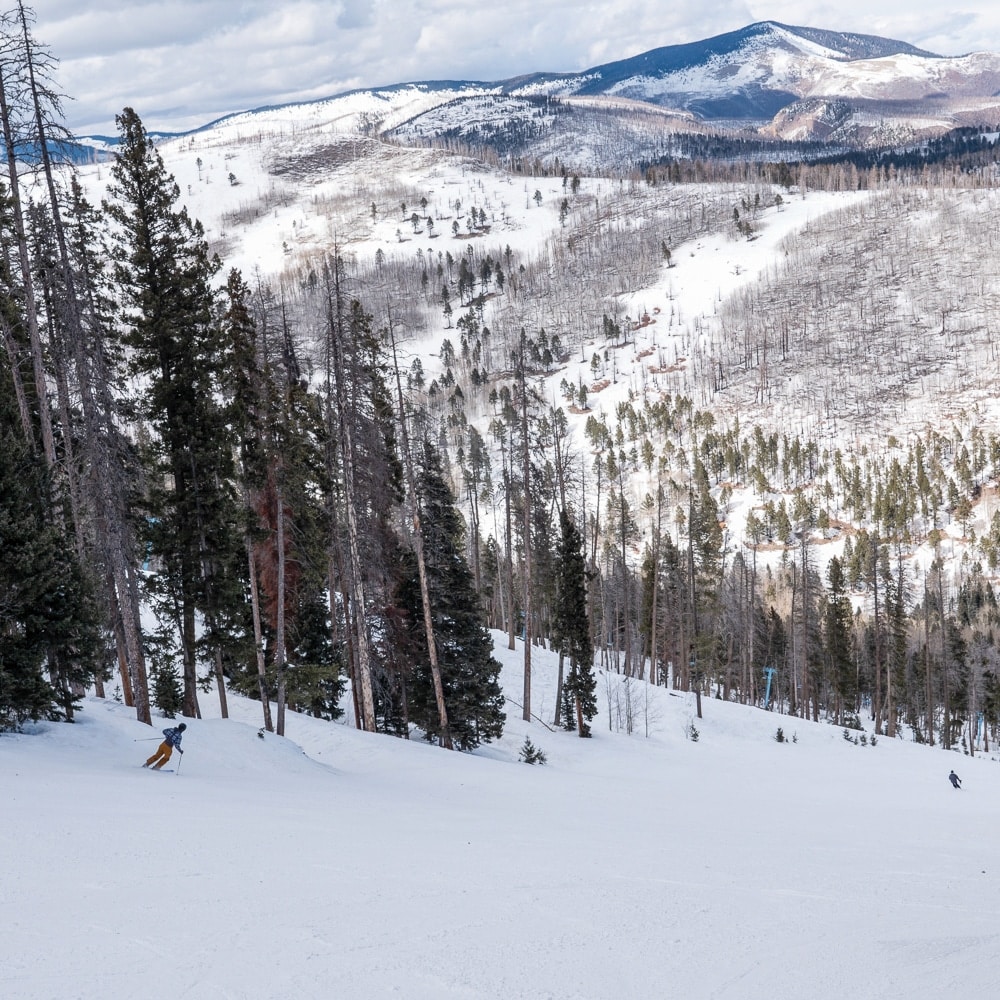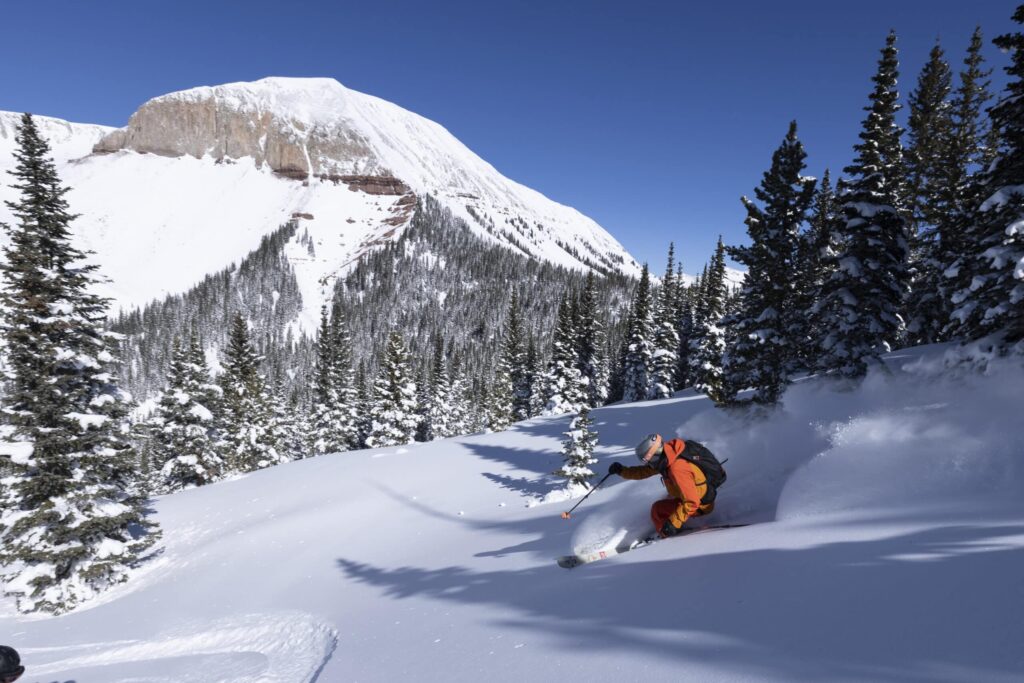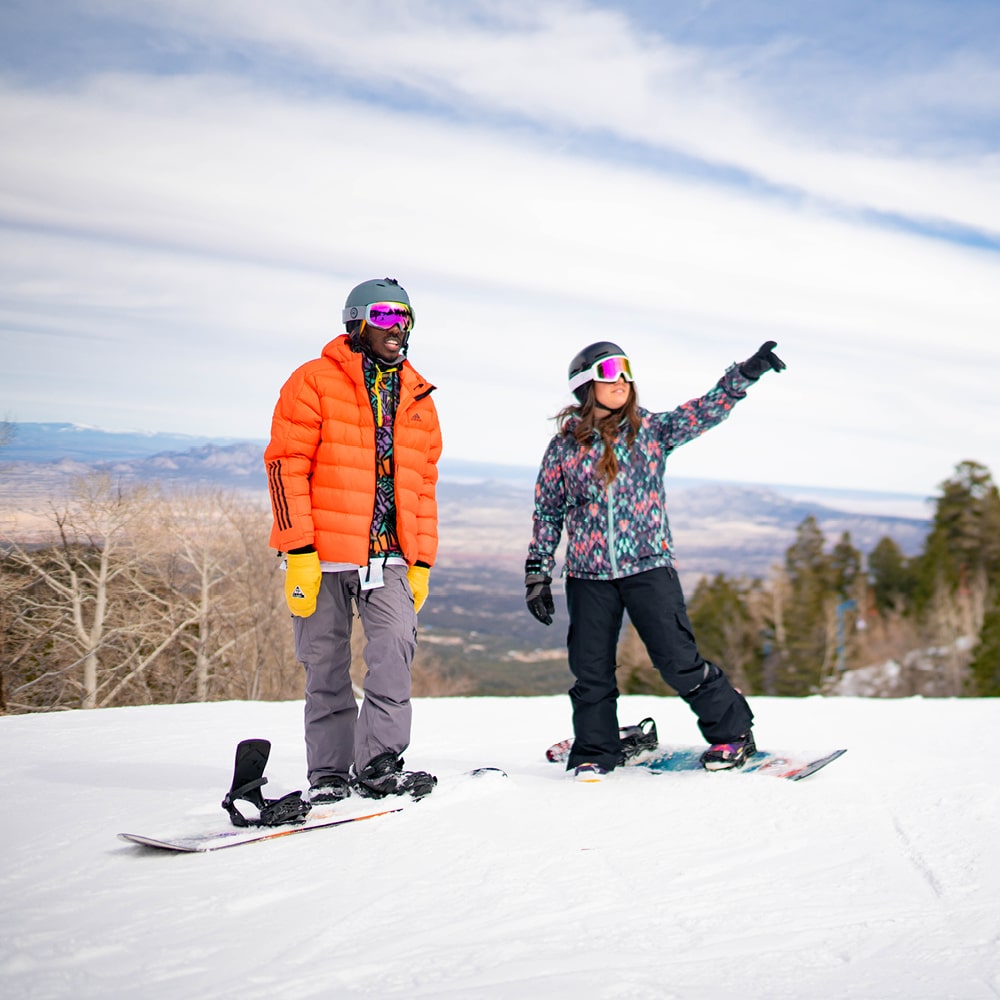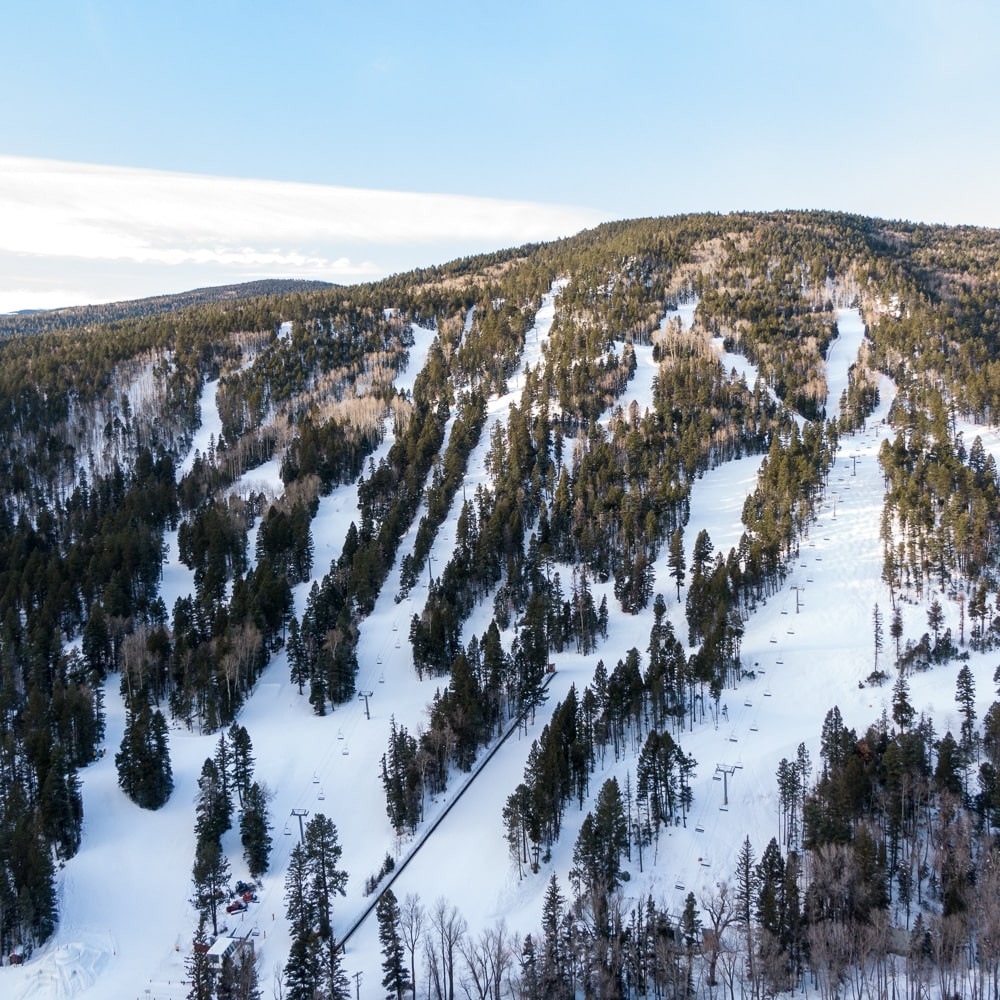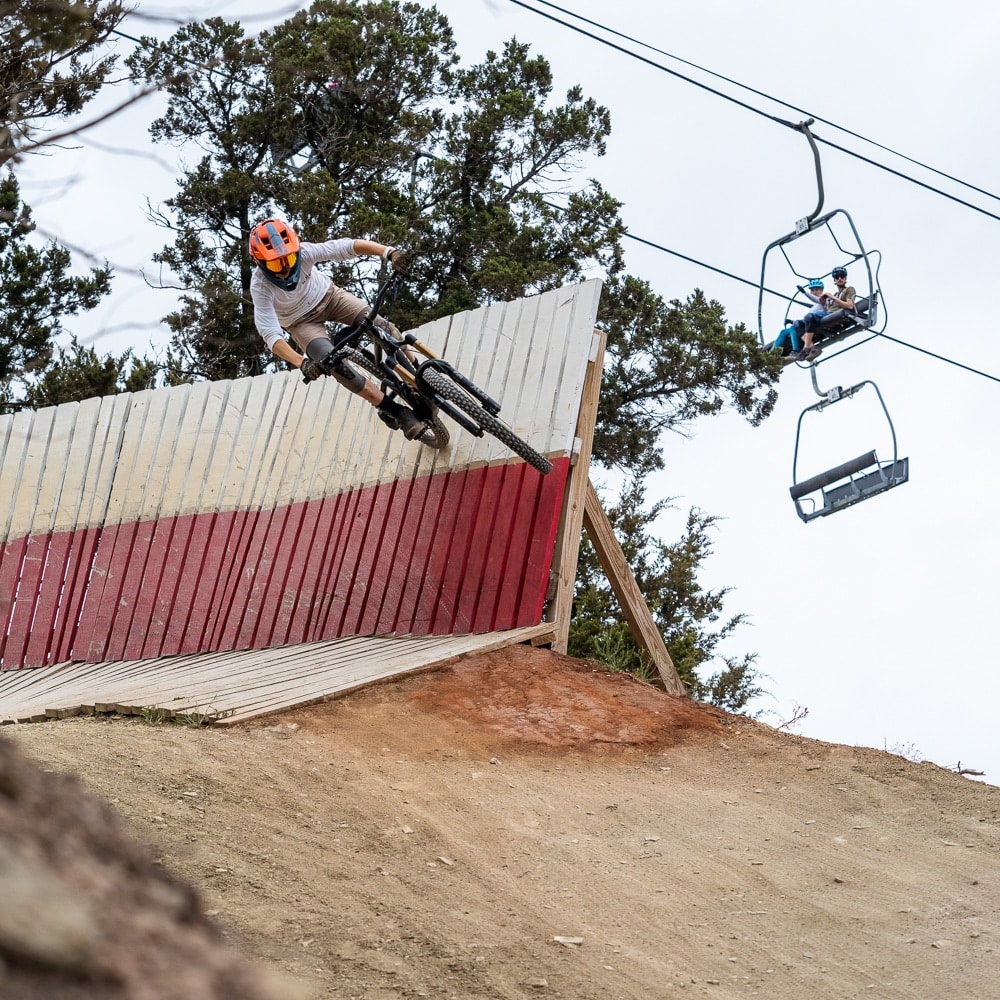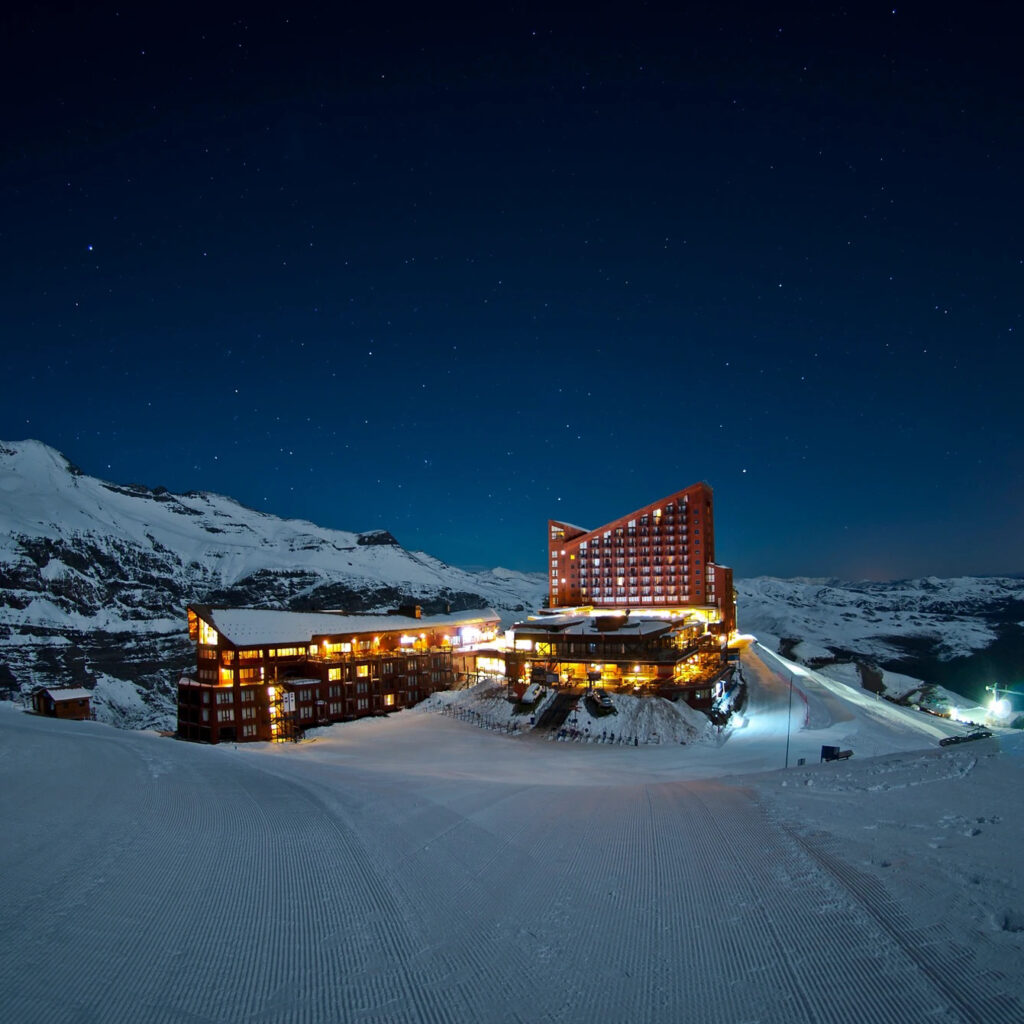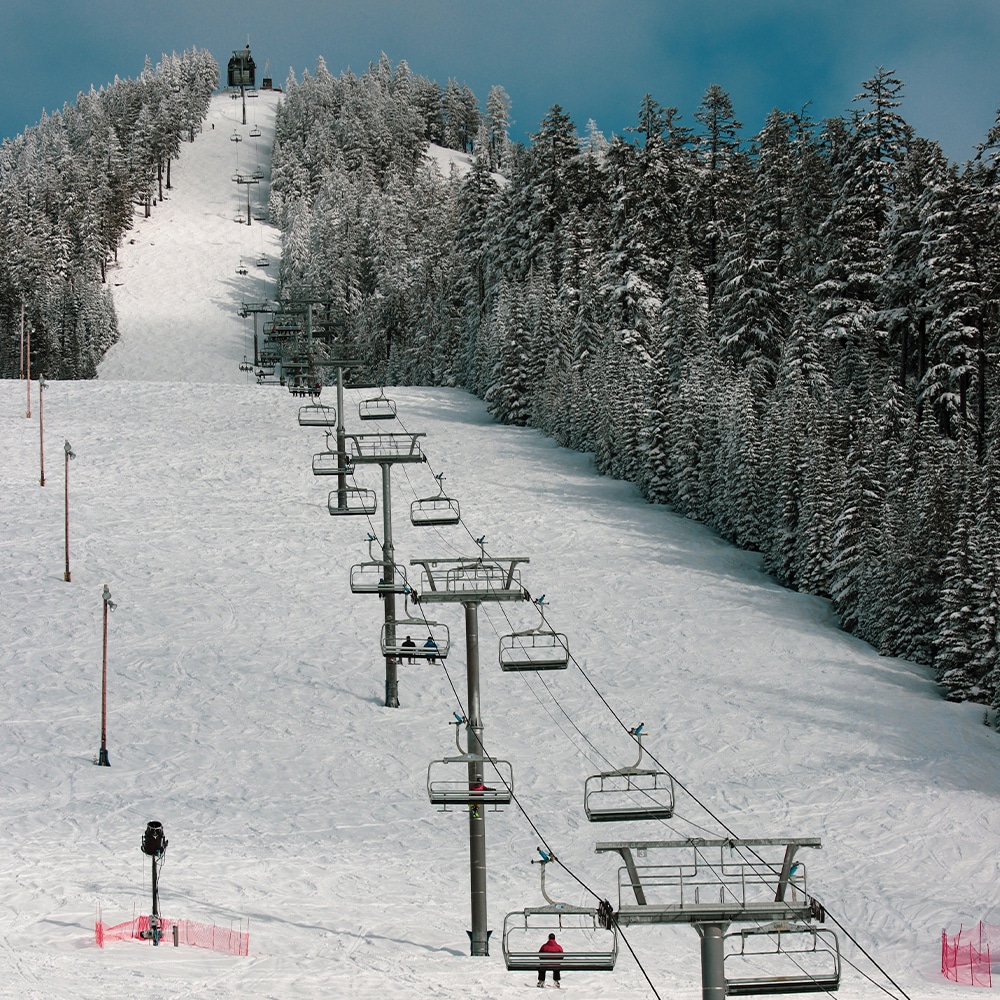Bike Park Policies
Our resort policies are in place to help us provide a safe and friendly environment for our guests. Your safety on the mountain is our highest priority at Spider Mountain. Because there are some inherent risks to mountain biking, we encourage you to learn about the risks and to adhere to responsible rider conduct.
Drones
Due to safety and privacy concerns, Spider Mountain prohibits the operation or use on or above the bike park property of unmanned aerial systems, or drones, by the general public—including model aircraft by recreational users and hobbyists—without prior written authorization from Spider Mountain. This prohibition extends to any devices launched or operated from bike park or Thunderbird Lodge property, as well as any launched from public or private property outside of the bike park or resort boundaries. Please contact a bike park representative at [email protected] if you have any questions or if you seek prior authorization to operate any such devices. Authorization, if granted, will be given on a case by case basis.
Any authorized operation of drones on or above bike park property will be governed by Federal Aviation Administration (FAA) rules and regulations, local law enforcement, as well as those policies separately established by this bike park, which may include certification, training, insurance coverage, indemnification requirements, and waivers or releases of liability. Any violation of this policy may involve suspension of your access privileges to the bike park, or the revocation of your season pass or lift ticket, as well as confiscation of any prohibited equipment, and may subject violators to any liability for damages, including, but not limited to, damages for trespass, violations of privacy, and physical injuries to persons and/or property, as well as legal fees.
Weather Delays & Closures
Occasionally the weather gets bad and we have to close Spider Mountain. Rain, lightning, and wind have an impact on whether we can run the lift and open our trails. Unfortunately, we often don’t know what the weather will do or how it affects our trails until the day comes. For example, if the weather predictions show a heavy storm coming, we normally don’t close the mountain the night before. If it’s one thing we know in Texas – the weather can change!
Our mountain operations team determines whether they can open the mountain or not between 6-8 am. Then, the communications team gets the word out via social media and on the website. We do our very best to make the determination early and we thank you for your patience with the process. We know some of you are traveling long distances and are counting on a day at Spider. Our first priority is to keep you safe. If you have questions or are wondering about the weather, please check our website and social media, which we strive to keep updated with the latest on weather delays and closures.
Sometimes, even if the rain stops, the moisture affects our trails so much it makes them slippery, muddy, and unsafe to ride. So while it may be blue skies in the afternoon, our mountain operations team has determined the trails won’t be dried out enough to make riding safe. Again, we appreciate your patience with us and your trust as we make these decisions for your safety.
Photography
Photography is allowed on the mountain, but photographers do so at their own risk, and must have filled out a liability waiver at the base area to be on property. On operational days, photographers should have a valid lift ticket (either riding or scenic lift ride ticket). On non-operational days for use of the trails, photographers must have a valid lift ticket (discounted and available at Thunderbird Lodge) and sign a liability waiver. Photographer work on the mountain at their own risk, and Spider Mountain and Thunderbird Lodge assumes no liability for damages, including equipment and medical emergencies.
Lift Ticket Refunds
If the resort is on a delayed opening and or closed due to lighting, rain and other weather conditions that prevent the guest from riding safely on trails and lift, they are to receive a raincheck to use another day if the shut down is before 1pm of the operational day. There are no refunds due to weather conditions. Please email [email protected] to request a raincheck.
E-Bike
In an effort to protect the “Freedom To Ride,” Spider Mountain does allow E-Bikes as long as it is a “Pedal Assist only bike.” All E-Bikes classified as motorcycles, have fixed pegs, or are able to be propelled solely by throttle are not allowed unless it is an approved adaptive bike used by disabled riders only. It is the sole discretion of Spider Mountain Management to determine an E-Bikes eligibility in the park, and it can be changed at any time.
Uphill Riding
Spider Mountain allows uphill riding on weekdays when we are closed for $15. Visit the Thunderbird Lodge office for a lift ticket and to sign the liability waiver.
Terms And Conditions
View terms and conditions here.
Contact Us
If you have questions about these policies or the practices of this site, please contact:
Spider Mountain Attn: Website Manager
200 Greenwood Hills Trail Burnet, TX 78611
(512) 756-4878
www.spidermountain.com
[email protected]
The Site reserves the right to change these policies at any time. All changes will be posted to this page, and we will use commercially reasonable efforts to notify you of any significant changes to these policies. However, it is your responsibility to check this site for any such updates as you will be bound by them should you choose to visit our site(s).
